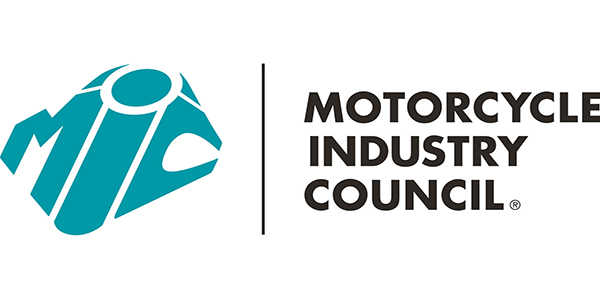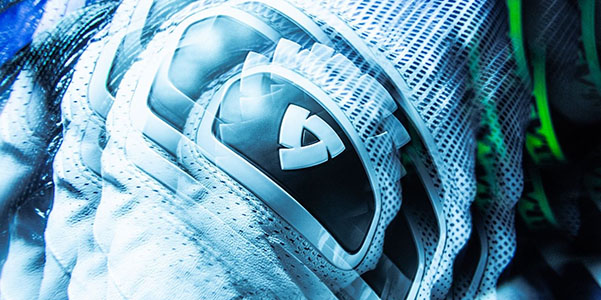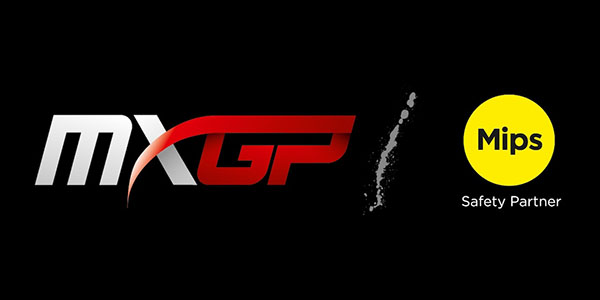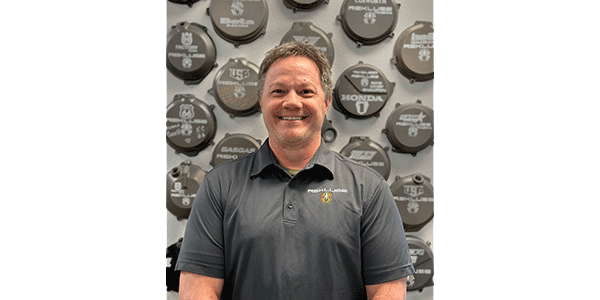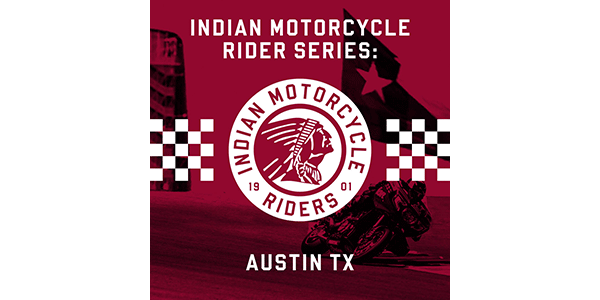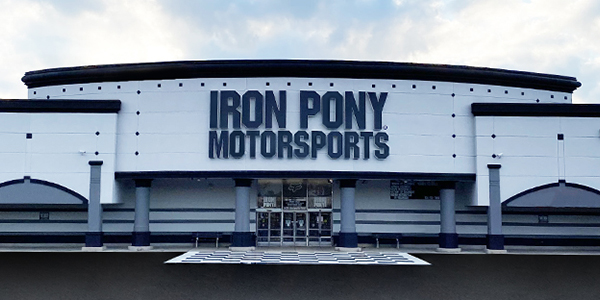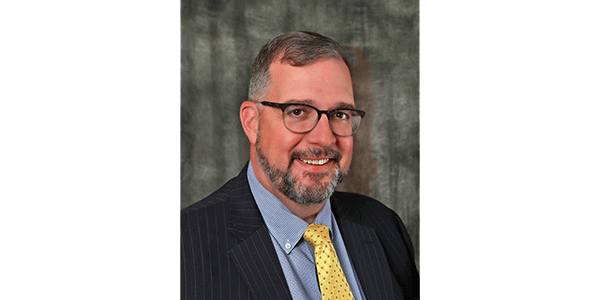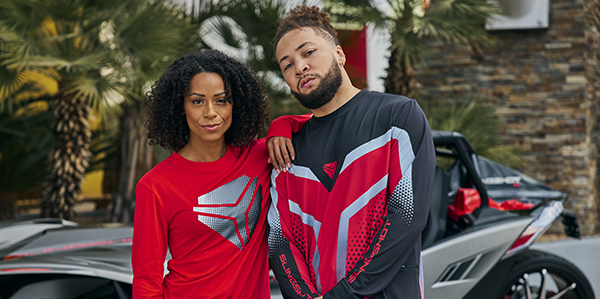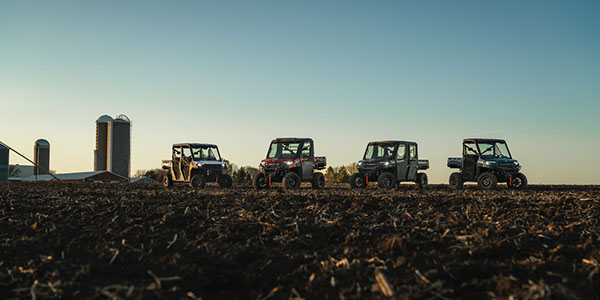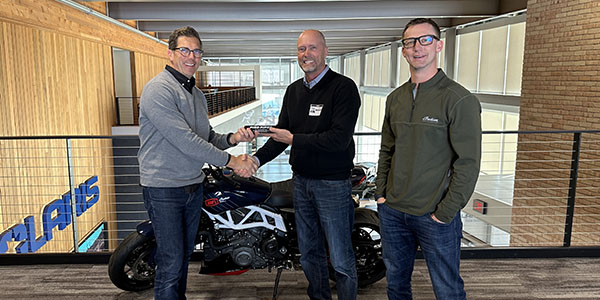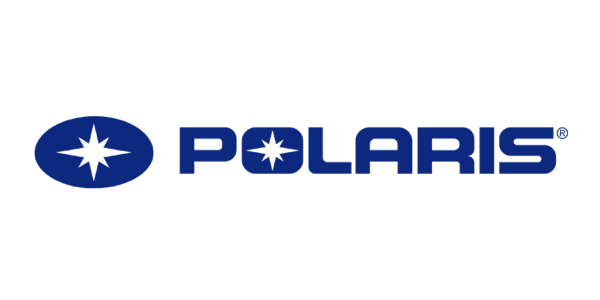
Sales for the second quarter of 2017 increased 21% to $1,364.9 million; adjusted sales increased 20% to $1,358.8 million, slightly ahead of expectations.
“Performance improved in many parts of our business during the quarter, particularly within our international and PG&A businesses. The powersports industry remained very competitive and headwinds persist, but we were encouraged by the return to growth in our Side-by-Side business and continued strength and aggressive share gains for Indian Motorcycles,” said Scott Wine, chairman and CEO of Polaris Industries.
Polaris North American Off-Road Vehicle (ORV) unit retail sales were down low-single digits percent, a sequential improvement from the first quarter, with increasing side-by-side retail sales somewhat offsetting lower ATV retail sales. While Indian Motorcycle continued to deliver strong retail sales increasing 17% for the quarter.
Total dealer inventory was down 6% year-over-year; ORV dealer inventory was down 6%. Still, Polaris is raising full year sales guidance and narrowing its earnings per share outlook. Adjusted sales for the full year 2017 is expected to be up 12% to 14%.
The company reported second quarter 2017 net income of $62 million compared with net income of $71.2 million for the 2016 second quarter. The reported net income included costs related to the wind down of Victory Motorcycles, certain Transamerican Auto Parts (TAP) integration and inventory step up costs, and manufacturing network realignment costs. Adjusted net income for the quarter ended June 30, 2017, excluding these costs, was $73.9 million.
“In a weak motorcycle industry, Indian continues to demonstrate how a complementary combination of exciting new bikes, strong dealer execution and overall brand momentum can prevail. Dealer engagement is a corporate priority and from profitability to delivery and communications, the consistent progress we are making is augmenting our retail results. We still have a lot of work to do, but we are seeing results from the strong and sustainable improvements we are making to the fundamentals of our business, as we establish the foundation of a renewed growth platform,” Wine commented.
Wine continued, “I am proud of the hard work and progress our Polaris team made in the first half of 2017, and our commitment to regaining our winning momentum in powersports is deep and strong. From significant new innovations in performance, reliability, and rider safety, to upgrading our plants and supply chain, we have made substantial investments both in enhancing our safety and quality practices, and in research and development to accelerate the cadence of our new product introductions. The fruits of this labor will be on display next week, when we unveil our exciting new model year ORVs and motorcycles. These vehicles will demonstrate our capability to deliver the innovation and quality expected from the leader in Powersports, as well as improved results and enhanced shareholder value.”
ORV and snowmobile segment sales, including their respective PG&A related sales, were $845.5 million for the second quarter of 2017, compared with $799.3 million for the second quarter of the prior year, representing a six percent increase, year-over-year, driven primarily by improved ORV shipments of side-by-sides. PG&A sales for ORV and Snowmobiles combined, increased five percent in the 2017 second quarter compared to the second quarter last year. Gross profit increased 16 percent to $266.2 million, or 31.5 percent of sales, in the second quarter of 2017, compared to $228.5 million, or 28.6 percent of sales, in the second quarter of 2016. Gross profit percentage increased primarily due to product mix.
ORV wholegood sales for the second quarter of 2017 increased six percent as the company began shipping RZR vehicles at a more normalized rate. Polaris North American ORV unit retail sales for the second quarter of 2017 were down low-single digits percent from the 2016 second quarter, which included consumer purchases for side-by-side vehicles up low-single digits percent and ATV retail sales down high-single digits percent. The North American ORV industry was up mid-single digits percent compared to the second quarter last year. ORV dealer inventory was down six percent in the 2017 second quarter compared to the same period last year.
Snowmobile wholegood sales in the second quarter of 2017 decreased 22 percent to $6.7 million. Snowmobile sales in the company’s second quarter are routinely low as it is the off-season for snowmobile retail sales and shipments.
Motorcycle segment sales, including its PG&A related sales in the second quarter of 2017, was $198 million, a decrease of 13 percent compared to $228.4 million reported in the second quarter of 2016, which included $6.2 million of Victory motorcycle wholegood, accessory and apparel sales versus $54 million of Victory sales reported in the second quarter of 2016. Indian motorcycle wholegood sales increased significantly in the second quarter driven by new product introductions and increased awareness of the brand. This increase was more than offset by significantly lower Slingshot sales. Gross profit for the second quarter of 2017 was $21.1 million compared to $38.9 million in the second quarter of 2016. Adjusted for the Victory wind down costs of $8.9 million, motorcycle gross profit was $30 million, down from the second quarter last year due primarily to lower Slingshot volume.
North American consumer retail demand for the Polaris motorcycle segment, including Indian Motorcycle and Slingshot, was down low-single digits percent during the 2017 second quarter, while the overall motorcycle industry retail sales, 900cc and above, was down mid-single digits percent in the 2017 second quarter. Indian Motorcycles retail sales increased 17 percent and continued to gain market share, driven by new model introductions and continued strong demand for the company’s new highly customizable, split-screen Ride Command touchscreen infotainment system available on certain models. Slingshot retail sales were down significantly due in part to tough comparables versus the prior year period driven by increased shipments in the second quarter of 2016 ahead of our production move from Iowa to Huntsville and the cadence of several limited edition models introduced in the second quarter last year.
Global Adjacent Markets segment sales along with its PG&A related sales, increased seven percent to $97 million in the 2017 second quarter compared to $91 million in the 2016 second quarter. Reported gross profit decreased 11 percent to $21.2 million, or 21.9 percent of sales, in the second quarter of 2017, compared to $24 million, or 26.3 percent of sales, in the second quarter of 2016. Adjusted gross profit, excluding the manufacturing realignment costs, increased seven percent to $25.5 million, or 26.3% for the second quarter 2017. Work and Transportation group wholegood sales were up 13 percent during the second quarter of 2017 primarily due to and an increase in direct sales to commercial customers and our higher sales in the company’s Aixam quadricycles and Goupil light-utility businesses.
Aftermarket segment sales which includes TAP, along with the company’s other aftermarket brands of Klim, Kolpin, Pro Armor, Trail Tech and 509, increased significantly to $224.4 million in the 2017 second quarter compared to $12.1 million in the 2016 second quarter. TAP added $209.1 million of sales in the second quarter of 2017. Gross profit increased significantly to $59.9 million, or 26.7 percent of sales in second quarter of 2017, compared to $3.0 million, or 24.7 percent of sales, in the second quarter of 2016. Sales and gross profit dollars were up primarily due to the addition of TAP acquired in the fourth quarter of 2016. TAP grew six percent in the second quarter 2017 compared to last year on a proforma basis, had Polaris owned TAP for the full year 2016.
Parts, Garments, and Accessories (PG&A) sales, excluding aftermarket segment sales, increased four percent for the 2017 second quarter. The increase was primarily driven by higher ORV and global adjacent markets sales during the quarter.
International sales to customers outside of North America, including PG&A, totaled $191.2 million for the second quarter of 2017, up twelve percent, from the same period in 2016. All regions increased sales double digits percent in the second quarter with all segments showing sales growth during the quarter.
Gross profit increased 23 percent to $350.4 million for the second quarter of 2017 from $284.5 million in the second quarter of 2016. As a percentage of sales, reported gross profit margin was 25.7 percent compared with 25.2 percent of sales for the second quarter of 2016. Gross profit for the second quarter of 2017 includes the negative impact of $8.9 million of Victory Motorcycles wind down costs, $0.1 million in purchase accounting adjustments related to the TAP acquisition and manufacturing network realignment costs of $4.3 million. Excluding these items, adjusted gross profit was $363.6 million, or 26.8 percent of sales. Gross margins on an adjusted basis improved due to significant gross VIP cost savings and positive product mix, somewhat offset by higher promotional costs.
Income from financial services was $19.1 million for the second quarter of 2017, down six percent compared with $20.5 million for the second quarter of 2016. The decrease is attributable to lower income generated from both the wholesale and retail portfolio, offset somewhat by increased income from the sale of extended service contracts.
Polaris announced on January 9, 2017 its intention to wind down its Victory Motorcycles operations. The decision is expected to improve the long-term profitability of Polaris and its global motorcycle business, while materially improving the Company’s competitive position in the industry. The Company will record costs, anticipated to be in the range of $80.0 million to $90.0 million, associated with supporting Victory dealers in selling their remaining inventory, the disposal of factory inventory, tooling, and other physical assets, and the cancellation of various supplier arrangements. Beginning in the first quarter of 2017, these costs are recorded in the 2017 income statement within respective sales, gross profit and operating expenses. These costs are excluded from Polaris’ 2017 sales and earnings guidance on a non-GAAP basis.
Polaris announced on April 24, 2017 that it was making changes to its network to consolidate production of like products and better leverage plant capacity. Changes include discontinuing manufacturing at its plant in Milford, Iowa, and transferring Milford production to existing Polaris facilities in Huntsville, Ala.; Roseau, Minn.; and Anaheim, Calif. Additionally, the Company plans to transfer fabrication operations for its Pro Armor aftermarket products from its facility in Riverside, Calif., to its recently acquired Transamerican Auto Parts facility in Chula Vista, Calif. Beginning in the second quarter of 2017, costs associated with the manufacturing realignment, anticipated to be in the range of $10 million to $15 million, are recorded in the income statement within the respective gross profit and operating expenses. These costs are excluded from Polaris’ 2017 sales and earnings guidance on a non-GAAP basis.
For more information, visit www.polaris.com.

